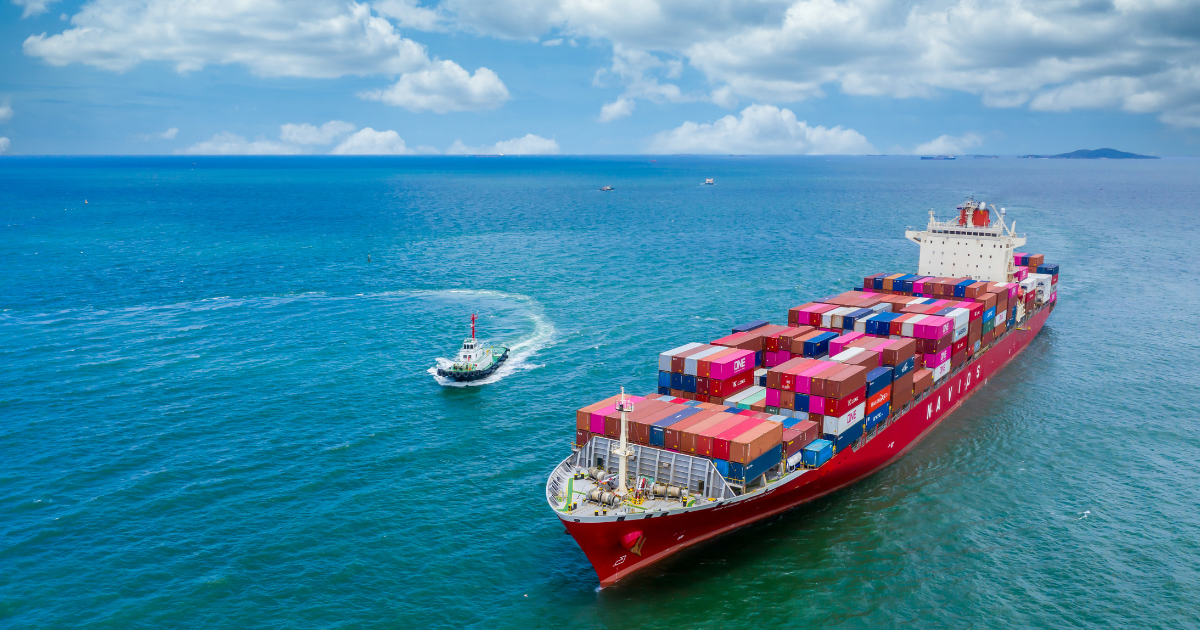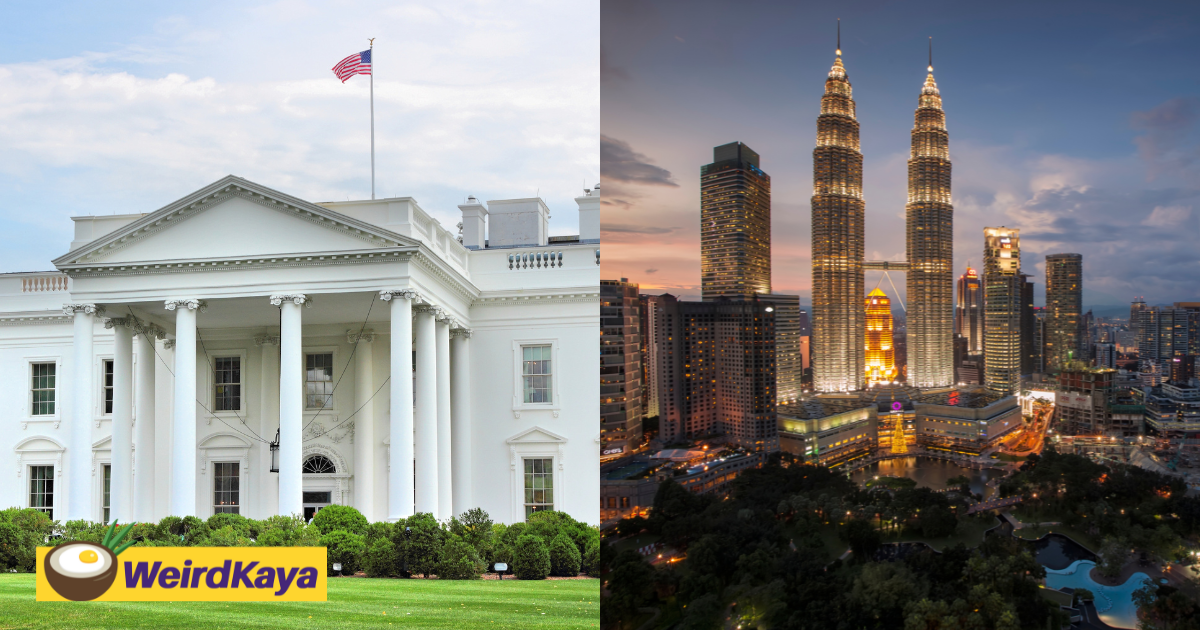The White House has officially announced a 19% import tariff on goods from Malaysia as part of a sweeping new tariff strategy under U.S. President Donald Trump’s administration.
This comes after earlier reports that the U.S. was planning to impose a 25% tariff on Malaysian imports starting August 1.
Prime Minister Datuk Seri Anwar Ibrahim confirmed yesterday that he had a direct phone call with President Trump to discuss the matter, resulting in a reduced tariff rate.
Malaysia among several ASEAN nations hit with 19% tariff
According to the White House, Malaysia now joins Thailand, Indonesia, the Philippines, and Cambodia in facing a 19% import duty on goods exported to the United States.
Vietnam, however, has been hit slightly harder with a 20% tariff, while Brunei faces the originally projected 25%.

Meanwhile, Laos and Myanmar have been dealt the harshest blow in Southeast Asia, with tariffs reaching as high as 40%—the second-highest rate globally after Syria, which faces a 41% import duty.
At the time of reporting, the White House has yet to release official tariff details regarding Singapore.
Tariffs extended to broader Asia
The new tariff regime isn’t limited to Southeast Asia. India now faces a 25% tariff, matching Brunei and Laos’ rate.
Taiwan’s goods will incur a 20% duty, while both Japan and South Korea will be subject to 15% tariffs—among the lowest in this new wave of trade enforcement.
Earlier reports indicated that President Trump has been leveraging high tariffs as a negotiation tool to push for trade and investment agreements with several nations, including Japan, the EU, the UK, South Korea, and fast-growing Southeast Asian economies.
The agreed-upon tariff rates in those negotiations reportedly range between 15% and 20%.
This bold move signals a broader shift in U.S. trade policy, emphasizing protectionism and strategic economic leverage amid increasing global competition.



